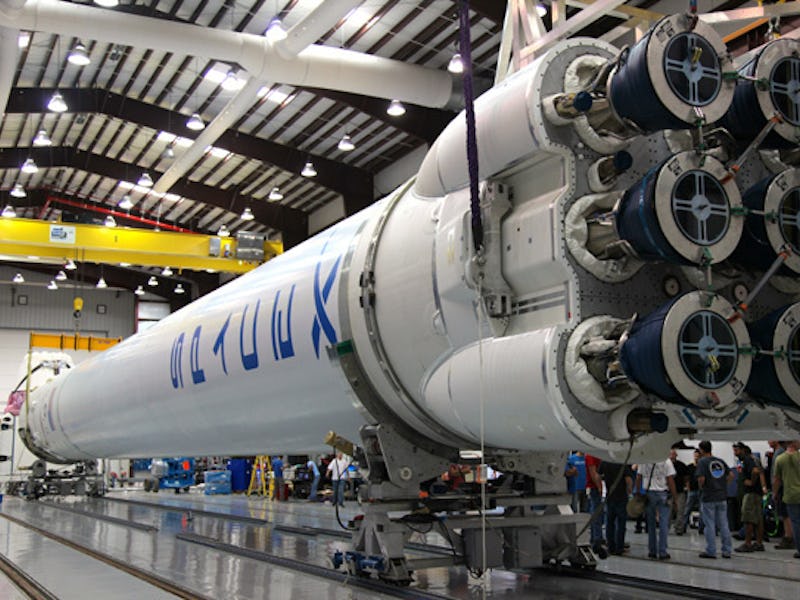SpaceX Will Launch Thousands of Internet Satellites Starting in 2019

Around 34 million U.S. citizens, or 11 percent of the population, don’t have access to the internet (“access” as defined by the Federal Communications Committee’s 25Mbps speed threshold). Because the internet is increasingly essential to life in the 21st century, this is a clear problem, and SpaceX plans to launch a solution in 2019.
On Wednesday, SpaceX updated the Senate Committee on Commerce, Science, and Technology on its plans to launch 4,425 satellites that will provide internet for unserved and underserved communities both across the country and around the world (around 57 percent of the global population is offline).
Patricia Cooper, vice president of SpaceX’s Satellite Government Affairs, told this to the Senate committee, offering a timeline for the massive undertaking:
“Later this year, SpaceX will begin the process of testing the satellites themselves, launching one prototype before the end of the year and another during the early months of 2018. Following successful demonstration of the technology, SpaceX intends to begin the operational satellite launch campaign in 2019. The remaining satellites in the constellation will be launched in phases through 2024, when the system will reach full capacity with the Ka- and Ku-Band satellites.”
SpaceX seems to have pushed back the schedule from the original timeline laid out in 2015; the company then said it hoped to have these satellites up by 2020. Even with a later deadline of 2024, SpaceX remains the pioneer of the project of satellite broadband.
The company plans to launch these satellites using its Falcon 9 rocket, which is reusable, and such will save serious money on launch expenses to the tune of $62 million per launch.
Cooper noted in her statement that the upfront cost of a satellite-based internet service has until now been prohibitively expensive, but that once the system is installed, it will be much cheaper to add rural customers to it than to a ground-based network. “The satellites can ‘see’ them whether they are urban or rural,” she said. She also noted that “the common challenges associated with siting, digging trenches, laying fiber, and dealing with property rights are materially alleviated through a space-based broadband network.”
Cooper called upon Congress to incentivize the development of technology that increases spectral efficiency, which basically means speeds up bandwidth. She asked that Congress fund satellite broadband within its national infrastructure investments (President Donald Trump plans to implement a $1 trillion infrastructure initiative, the details of which are still foggy).
She also noted that SpaceX is already working with the FCC and the Federal Aviation Administration to “streamline and modernize” commercial space launch regulations, and underlined the importance of this endeavor to “avoid obstructing industry growth and innovation.”
SpaceX may want to basically become the world’s internet service provider, but a monopoly or near-monopoly in this market would not be good (ISPs already have regional monopolies in most parts of the United States), especially given the alarming new powers Congress is bequeathing ISPs. Increasing internet access for the underserved is an important project, but not all is rosy in the realm of extraterrestrial broadband.